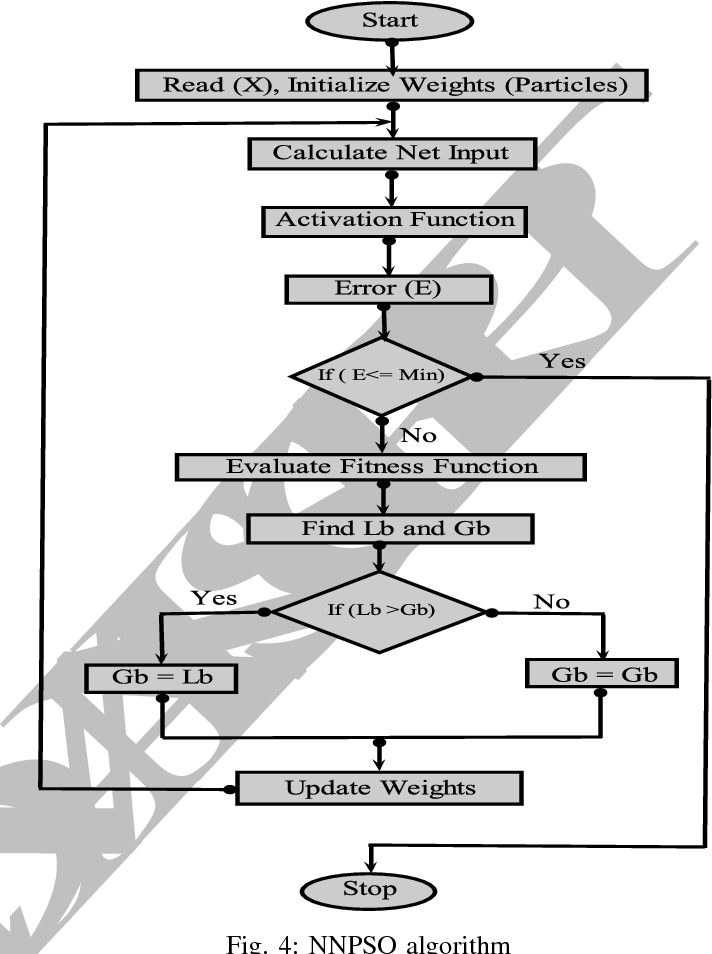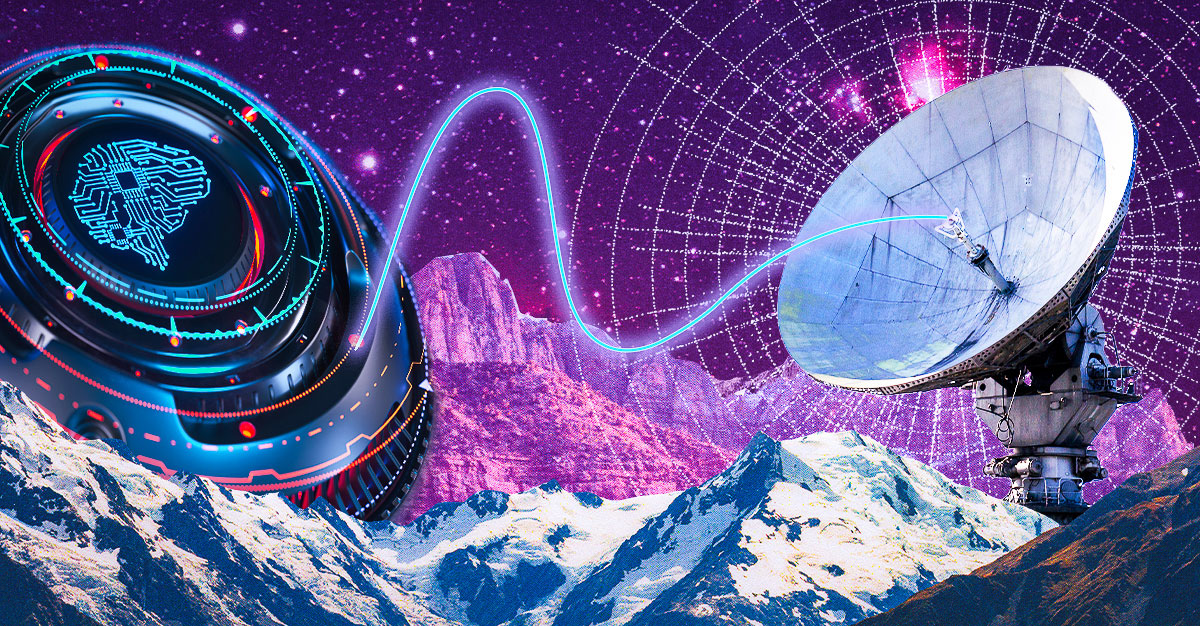
While advance robotics are present in many production environments today, their importance is likely to increase in the coming years. The most important applications for these robots will likely lie in discrete production. For example, a manufacturer of sealing solutions uses 40 robots for loading and unloading machines. Meanwhile, cloud-edge technologies and new design processes open the door to autonomous production processes. BCG is currently exploring these possibilities in a joint venture with Amazon Web Services and NXP Semiconductors.
Adaptive robots
Adaptive robots combine AI, force control and computer vision to achieve complex tasks in complex environments. This level of adaptivity provides a variety of benefits such as increased productivity, consistency in performance, flexibility and redundancy when it comes to safety measures. Adaptive robots are already helping companies improve productivity, improve safety, and streamline assembly lines. Here are some of their most significant benefits. These robots are already changing the manufacturing industry.

Articulated robots
The benefits of using articulated robots are many, and these machines are incredibly versatile. These robots are extremely useful for a variety of applications and are especially helpful for smaller and medium-sized enterprises. SME's are becoming the biggest employer in manufacturing facilities. They are also among those industries that have yet to fully embrace the benefits of automation. Because they are able to do things quickly and efficiently, articulated robots are great for material handling applications like packaging and assembly.
Replieve robots
Replieve robots are more lifelike in appearance and motion. The Q1 model's upper body has 31 degrees of freedom, which allows it to imitate human-like motions like breathing. Repliee Q1 is built with silicone skin to replicate the human body's contours. It is equipped with highly sensitive tactile sensors and air actuators to allow for safer interaction.
Software algorithms for adaptability
Robots that use adaptive software algorithms to determine the most efficient route to their destination are known as adaptive software algorithms for robots. It generates an initial plan using mission specifications, and then adapts according to the environment. If the robot encounters an obstacle, the planner can create a new route. It also uses its learning results to make new decisions based in future. It allows highly-configurable autonomous bots to learn and adapt to changing conditions.

Human-machine interfaces
The importance of human-machine interfaces to advance robots is increasing as the world moves towards a collaborative future in which robots work closely with humans. Such interfaces can help humans interact with these machines in work, production, home, and leisure environments. It is essential to improve human-machine interaction and robots in order to create the future. This field is in constant development.
FAQ
Are there any potential risks with AI?
Yes. There will always be. Some experts believe that AI poses significant threats to society as a whole. Others believe that AI is beneficial and necessary for improving the quality of life.
The biggest concern about AI is the potential for misuse. AI could become dangerous if it becomes too powerful. This includes autonomous weapons and robot rulers.
Another risk is that AI could replace jobs. Many people are concerned that robots will replace human workers. However, others believe that artificial Intelligence could help workers focus on other aspects.
Some economists even predict that automation will lead to higher productivity and lower unemployment.
Who created AI?
Alan Turing
Turing was born 1912. His father, a clergyman, was his mother, a nurse. He excelled in mathematics at school but was depressed when he was rejected by Cambridge University. He started playing chess and won numerous tournaments. He worked as a codebreaker in Britain's Bletchley Park, where he cracked German codes.
1954 was his death.
John McCarthy
McCarthy was born 1928. Before joining MIT, he studied mathematics at Princeton University. There he developed the LISP programming language. He was credited with creating the foundations for modern AI in 1957.
He died in 2011.
How does AI work?
To understand how AI works, you need to know some basic computing principles.
Computers store data in memory. Computers work with code programs to process the information. The code tells the computer what it should do next.
An algorithm is an instruction set that tells the computer what to do in order to complete a task. These algorithms are often written using code.
An algorithm can be thought of as a recipe. An algorithm can contain steps and ingredients. Each step is a different instruction. An example: One instruction could say "add water" and another "heat it until boiling."
Statistics
- A 2021 Pew Research survey revealed that 37 percent of respondents who are more concerned than excited about AI had concerns including job loss, privacy, and AI's potential to “surpass human skills.” (builtin.com)
- The company's AI team trained an image recognition model to 85 percent accuracy using billions of public Instagram photos tagged with hashtags. (builtin.com)
- According to the company's website, more than 800 financial firms use AlphaSense, including some Fortune 500 corporations. (builtin.com)
- By using BrainBox AI, commercial buildings can reduce total energy costs by 25% and improves occupant comfort by 60%. (analyticsinsight.net)
- That's as many of us that have been in that AI space would say, it's about 70 or 80 percent of the work. (finra.org)
External Links
How To
How do I start using AI?
One way to use artificial intelligence is by creating an algorithm that learns from its mistakes. This can be used to improve your future decisions.
To illustrate, the system could suggest words to complete sentences when you send a message. It would analyze your past messages to suggest similar phrases that you could choose from.
To make sure that the system understands what you want it to write, you will need to first train it.
Chatbots can also be created for answering your questions. One example is asking "What time does my flight leave?" The bot will tell you that the next flight leaves at 8 a.m.
Our guide will show you how to get started in machine learning.